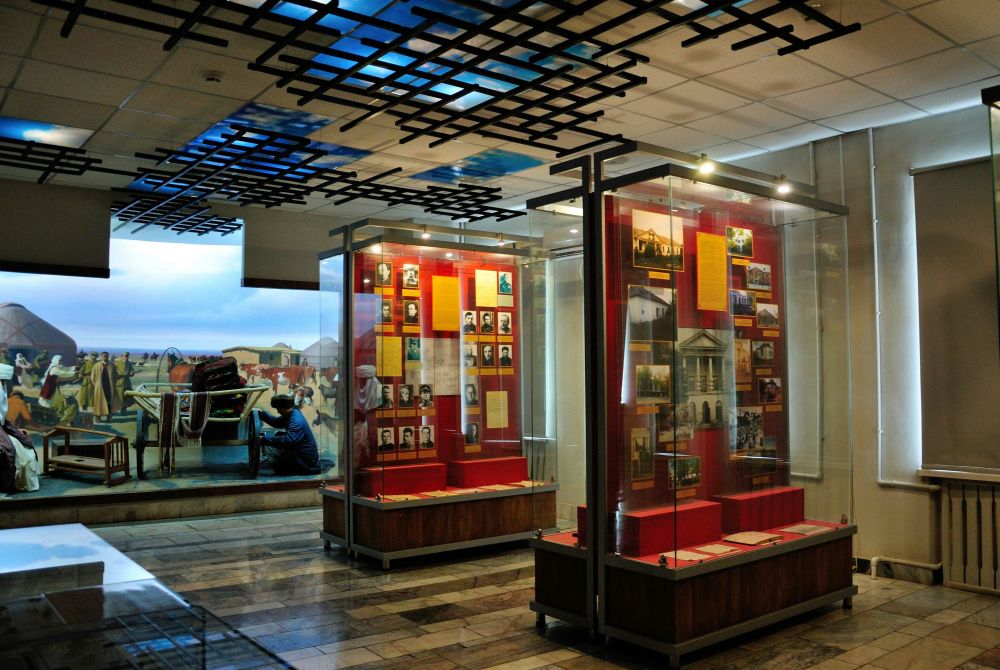

The KarLag Museum is a historical and memorial complex that stands as a somber reminder of the dark times of the Soviet regime. It is located in the village of Dolinka near Karaganda, Kazakhstan. The museum represents one part of the vast network of labor camps known as Gulag, an acronym for the Russian "Glavnoe upravlenie lagerey", or "Main Camp Administration".
Established in the 1930s as part of the expansive Karaganda Corrective Labor Camp, the KarLag was one of the largest in the Gulag system and significantly impacted the development and settlement of the Karaganda region. The museum, which opened in 2002, offers insight into the lives of the millions of prisoners who suffered through forced labor, suppression, and extreme hardship.
Tourism at the KarLag Museum has been a relatively recent development. It started gaining international attention after Kazakhstan regained its independence in 1991. With more focus on conserving historical sites and promoting them as educational destinations, the museum has seen an increase in visitors, both domestic and foreign.
Graduate students, historians, and those interested in the history of political repression form a significant part of the visitor demographic. The museum offers guided tours that convey the harrowing stories associated with the site, fostering not only an understanding of Kazakhstan's history but also highlighting the dangers of totalitarian regimes.
Recent years have seen a rise in "Dark Tourism", in which people travel to sites associated with death and tragedy. The KarLag Museum fits this category and has been part of the dark tourism circuit, drawing visitors interested in its poignant history.
Moreover, there's an observed trend in the integration of technology to enhance visitor experience. The museum has embraced this by incorporating multimedia exhibits that help in narrating the camp's history in a more engaging manner. Another trend is educational tourism, wherein school and university students visit as part of their curriculum.
Additionally, the increased interest in personal stories and genealogy has prompted the KarLag Museum to offer research support for individuals seeking information about relatives who may have been interned in the Gulag system.
Lastly, as part of a wider regional tourism strategy, the museum is playing a significant role in heritage and cultural tourism, emphasizing the importance of remembrance and education for future generations.
Visitors to the KarLag Museum can explore various thematic exhibitions and memorial complexes that cover the extensive history of the labor camp. Opening hours and guided tours are subject to change, so it’s advisable for travelers to check the latest information beforehand.
The KarLag Museum remains an important destination for those interested in understanding Kazakhstan's past and the broader context of Soviet-era repression, warranting its place as a significant point of interest on the country’s historical and cultural map.